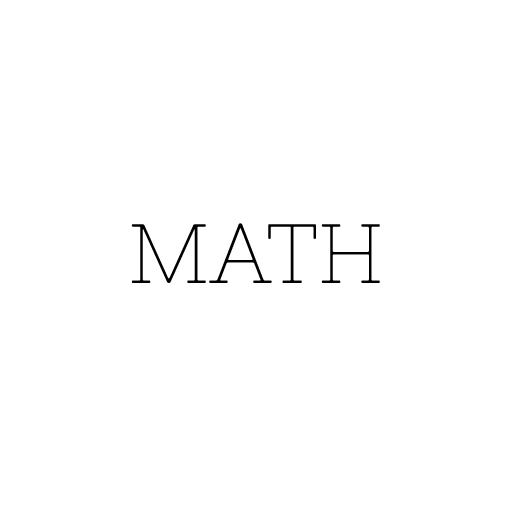
Superposition and entanglement are used in quantum chess, a novel version on the classic game. This Quantum Chess guide provides a step-by-step tutorial and a FAQ to answer frequent questions.
Intro to Quantum Chess
Quantum Chess adds complexity to regular chess regulations with quantum movements. Each piece (save the king) may simultaneously be in two places.
How to Play Quantum Chess
- Understanding Quantum Parts:
Without observation, each piece may be in several states.
A piece’s quantum state is resolved (its location becomes known) when it interacts with another piece. - Board Setup: The board and pieces are set up similarly to conventional chess.
- Move: Players may choose between traditional or quantum moves.
Classic Move: Traditional chess moves.
Quantum Move: Puts a piece in superposition between two board locations. - In quantum mechanics, a move is made by selecting a piece and choosing two destinations.
The item now exists in both locations. - Resolving The location of a piece in superposition is resolved during an interaction, such as an assault.
The piece collapses to one of its conceivable places due to quantum probability. - To win the game, checkmate the opponent’s king.
Resolution of the king in superposition is required before declaring checkmate.
FAQs about Quantum Chess
- Q: Are all pieces quantumly mobile? A: All pieces save the king may move quantumly.
- Capturing in quantum chess: how? An assault on a quantum component resolves its superposition. It’s captured if assaulted.
- Can a superposition be forced to resolve? A: Yes, assaulting a superposition component resolves its quantum state.
- Q: How does quantum chess effect strategy? The uncertainty and probability of quantum chess require players to consider potential locations and states, providing depth to the strategy.
- Are there particular check/checkmate rules? A: Yes, the king in superposition must be resolved to one position before being proclaimed in check or checkmate.
- Q: Can a piece superpose more than twice? A: Quantum movements usually enable two places. Complex variants may provide additional states, but also complicate the game.
Conclusion
Quantum Chess blends quantum physics with strategic depth to create an interesting and difficult game. Players must think probabilistically and react to shifting board dynamics. Quantum Chess is a unique and intellectually fascinating experience for chess fans and quantum physics enthusiasts alike.
Sources
- https://quantumchess.net/
- https://quantumai.google/cirq/experiments/unitary/quantum_chess/concepts
What's your reaction?
Excited
1
Happy
0
In Love
0
Not Sure
0
Silly
0








